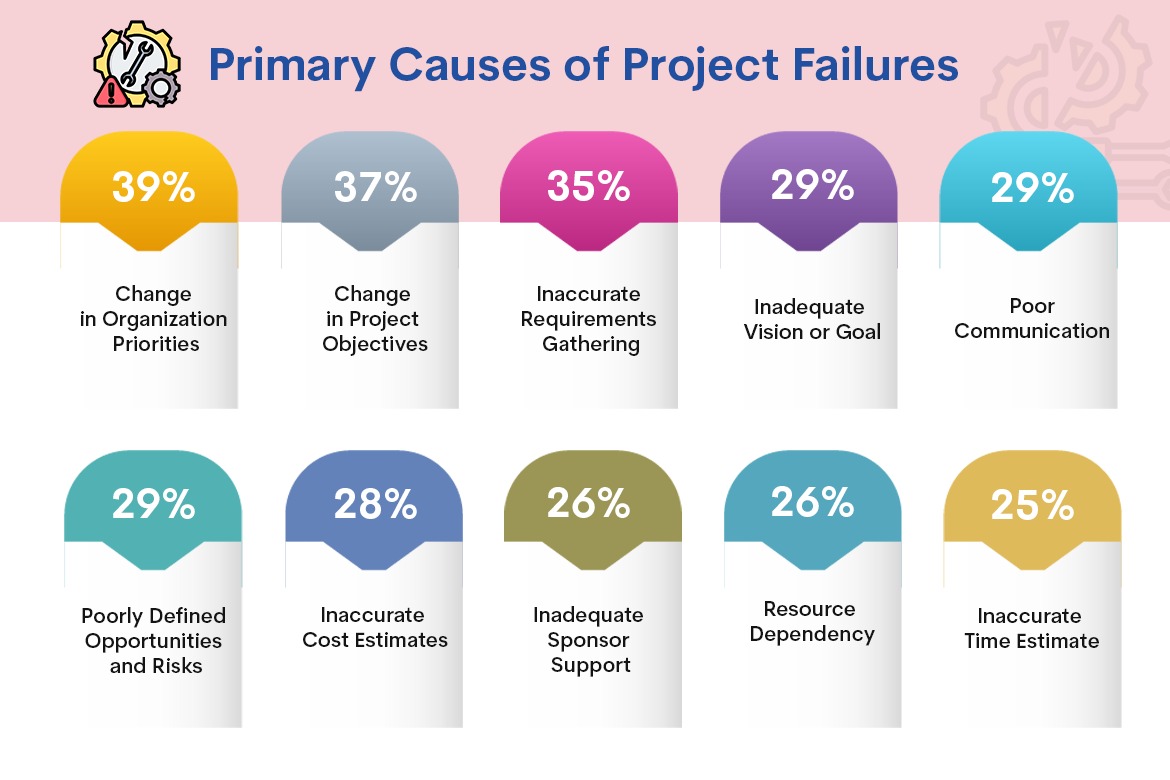Interface Design Nets Policy 7 Reasons Why Its A Brilliant Or Terrible Idea 6 In Nutshell It's Wth The Upgrde In 2023
Lambda needs interface name prepended so you don't need an object; You need to create an object) this is a big step back imo. To pick just one common example.
Top 10 Reasons Why Projects Fail In 2023
The @interface keyword is used to declare a new annotation type. 42 the interface keyword indicates that you are declaring a traditional interface class in java. A child class can only extend a single class (abstract or concrete), whereas an interface can extend or a class can implement multiple other interfaces.
See the jls if you really want to get into the details of what @interface means.
Two interfaces with same method names and signatures. An interface promises nothing about an action! The source of the confusion is that in most languages, if you have an interface type that defines a set of methods, the class that implements it repeats the same methods (but provides definition), so the interface looks like a skeleton or an outline of the class. Kotlin interface (messy when called from kotlin;
Since there is no implements keyword, all types implement at least zero methods, and satisfying an interface is done automatically, therefore all. See docs.oracle tutorial on annotations for a description of the syntax. Export interface myinterface extends array { } with this, any object which implements the myinterface will need to implement all function calls of arrays and only will be able to store objects with the mytype type. Export interface imytable { id:

Also can't use lambda outside of function parenthesis convention)
Hi, interface and type, looks similar but interfaces can use for declaration merging and extends and implements which type cannot do. The interface{} type (or any with go 1.18+), the empty interface is the interface that has no methods. Similarly, an interface extending another interface is not responsible for implementing methods from the parent interface. It's difficult to tell whether it is appropriate for your specific case, but there's nothing wrong using the practice in principle.
But implemented by a single class then how the compiler will identify the which method is for which interface? 148 you can define an interface as array with simply extending the array interface. Java interface (less messy when called from kotlin; I've a lot of tables in lovefield and their respective interfaces for what columns they have.

This is because interfaces cannot define any implementation.
